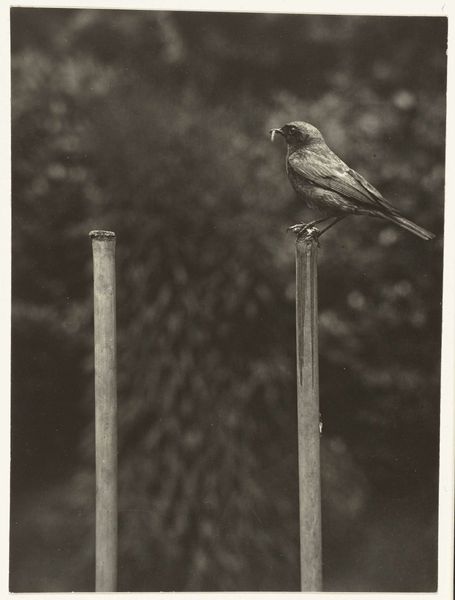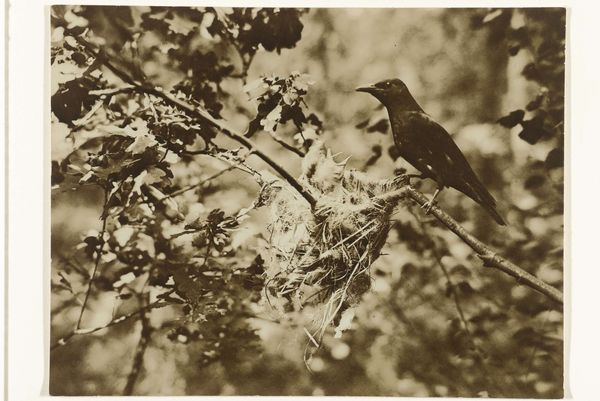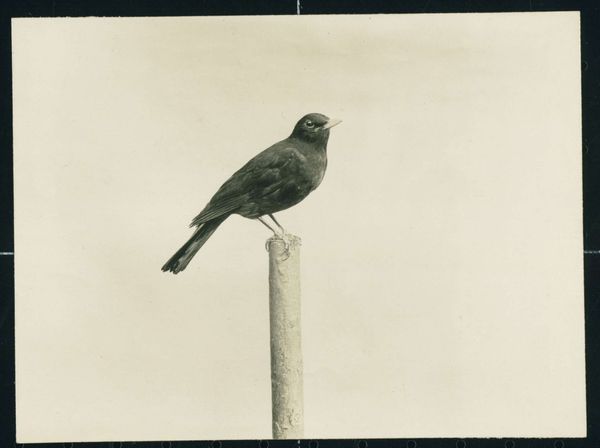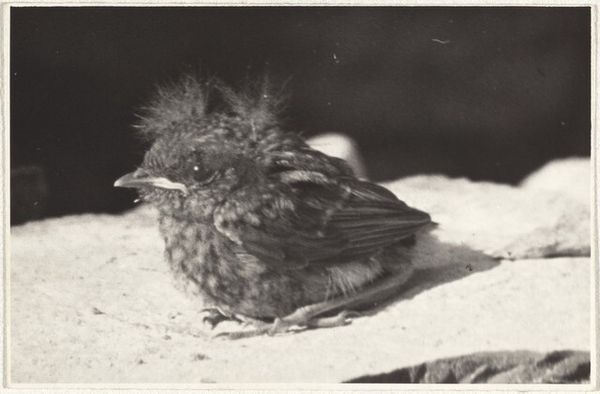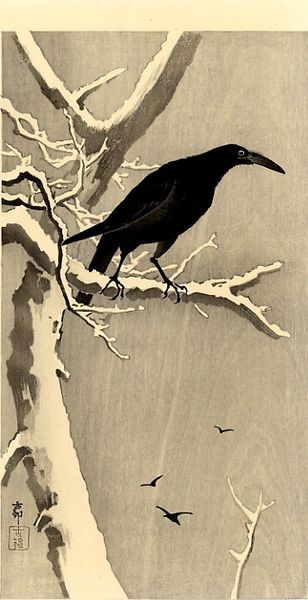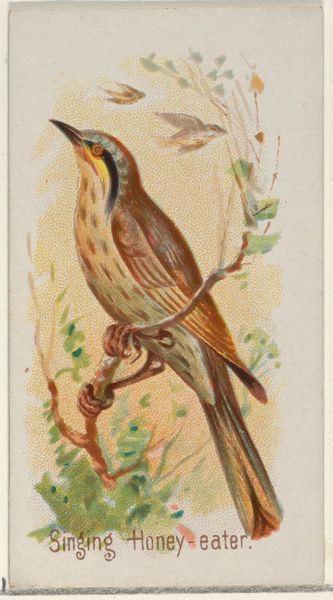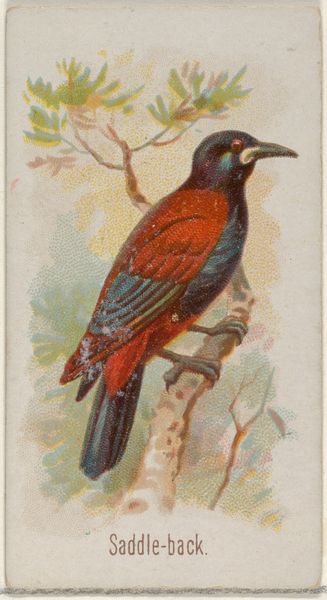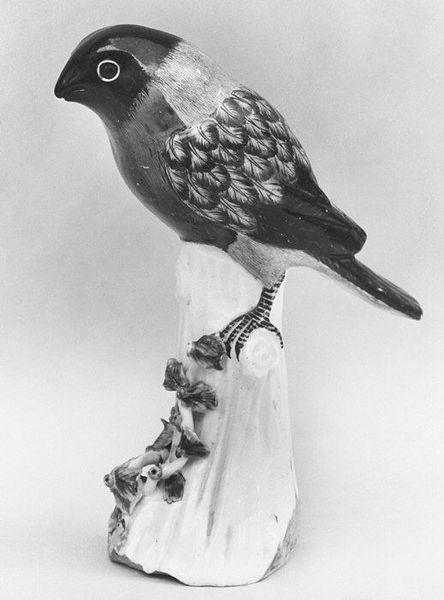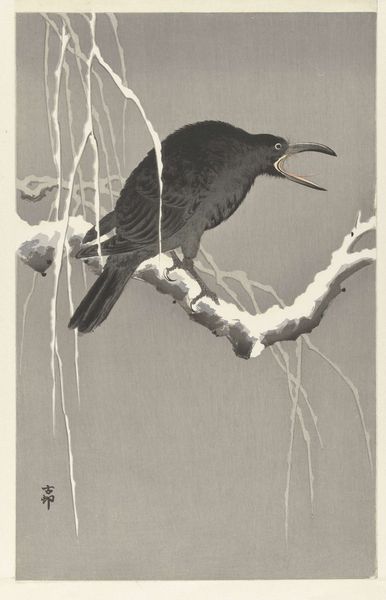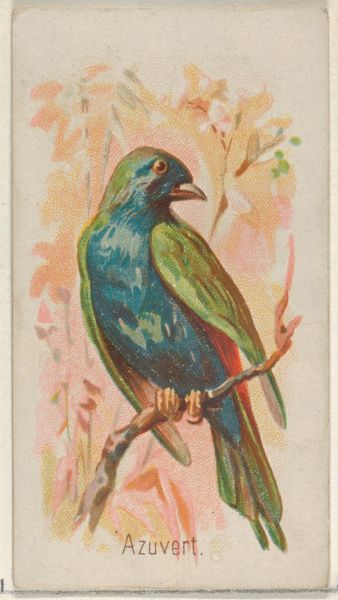
photography
#
still-life-photography
#
black and white photography
#
figuration
#
photography
#
monochrome photography
#
monochrome
#
realism
#
monochrome
Dimensions: height 123 mm, width 60 mm
Copyright: Rijks Museum: Open Domain
Editor: So, we're looking at "Zwarte roodstaart op een stokrozenpaal"—Black Redstart on a Hollyhock Pole—by Richard Tepe, made sometime between 1900 and 1930. It's a black and white photograph. I’m immediately drawn to the textures, the roughness of the pole contrasting with the bird's delicate feathers. What do you see here? Curator: I see a study in material contrast, certainly. Consider the labor involved: cultivating hollyhocks, the felling and preparation of the pole, then the chemical processes inherent in early photography. Each element bears traces of human and natural intervention, culminating in this assembled image. Tepe isn’t just capturing a bird; he's presenting a small-scale industrial ecosystem. Editor: That’s a fascinating point! I hadn't considered the labour aspect. It almost feels like he’s elevating craft to fine art. Was this a common attitude at the time? Curator: Precisely! This period witnessed a blurring of boundaries between amateur and professional photography, between scientific documentation and artistic expression. How do the tonal ranges in the photograph contribute to its materiality? Are there shadows and patterns creating new tactile experiences for the viewer? Editor: I think so. There's a stark contrast between the bird and the hazy background, almost creating a sculptural feel. Curator: And how might this intentional use of contrast comment on the commodification of nature during this era? Editor: Wow, I hadn't even considered that perspective! Thinking about the production process adds a whole new layer. I see it so differently now. Curator: Exactly, the photo's power lies not just in its realistic depiction, but in the way it embodies a network of materials, labor, and social values. It really lets us appreciate all of the materials for all their worth, even if some are not the same.
Comments
No comments
Be the first to comment and join the conversation on the ultimate creative platform.
